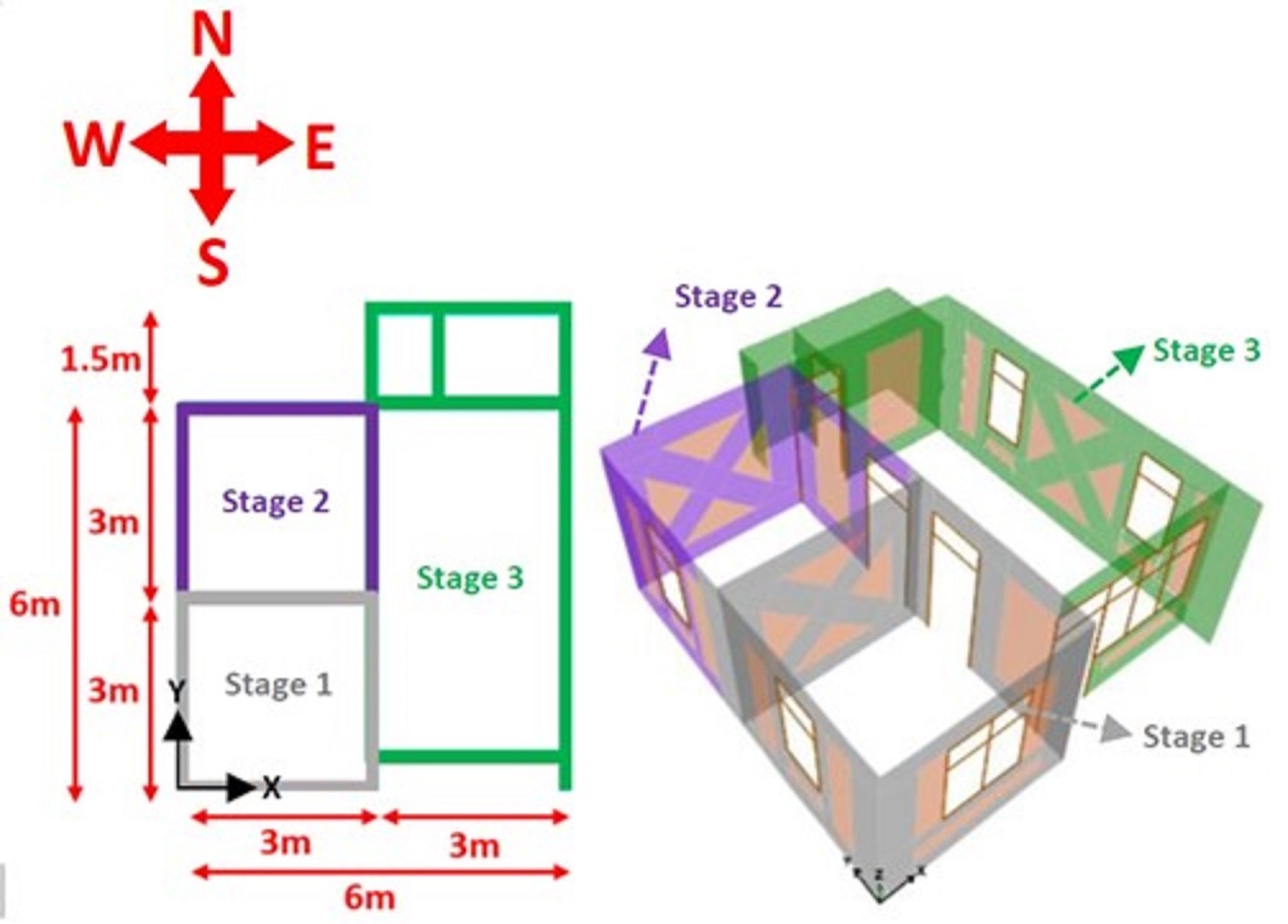Approximately 85 million people's houses are scattered all over Indonesia, and almost all are in strong earthquake areas. In every earthquake, the houses are generally damaged or collapsed. Therefore, those houses must be strengthened to make them earthquake resistant. This paper discusses a gradual strengthening of existing houses using ferrocement bandaging. The gradual strengthening is introduced due to limited funding of the people. It also serves as an educational tool to educate people to be self-sufficient in building their earthquake-resistant houses. The first step, maybe the sleeping room shall be strengthened so that if there is an earthquake during night-time, people will be safe, and if there is an earthquake during the daytime, people can immediately run to that particular room. A global analysis is made of a sample house shaken by Palu, Central Sulawesi earthquake 2018, and West Sumatra earthquake 2009, with one room strengthened to show that the strengthened room can survive the earthquakes. Then the analysis is continued gradually to the other rooms until the masonry house is fully strengthened by ferrocement bandaging. The results show that the masonry house strengthened by ferrocement layers is earthquake resistant.

